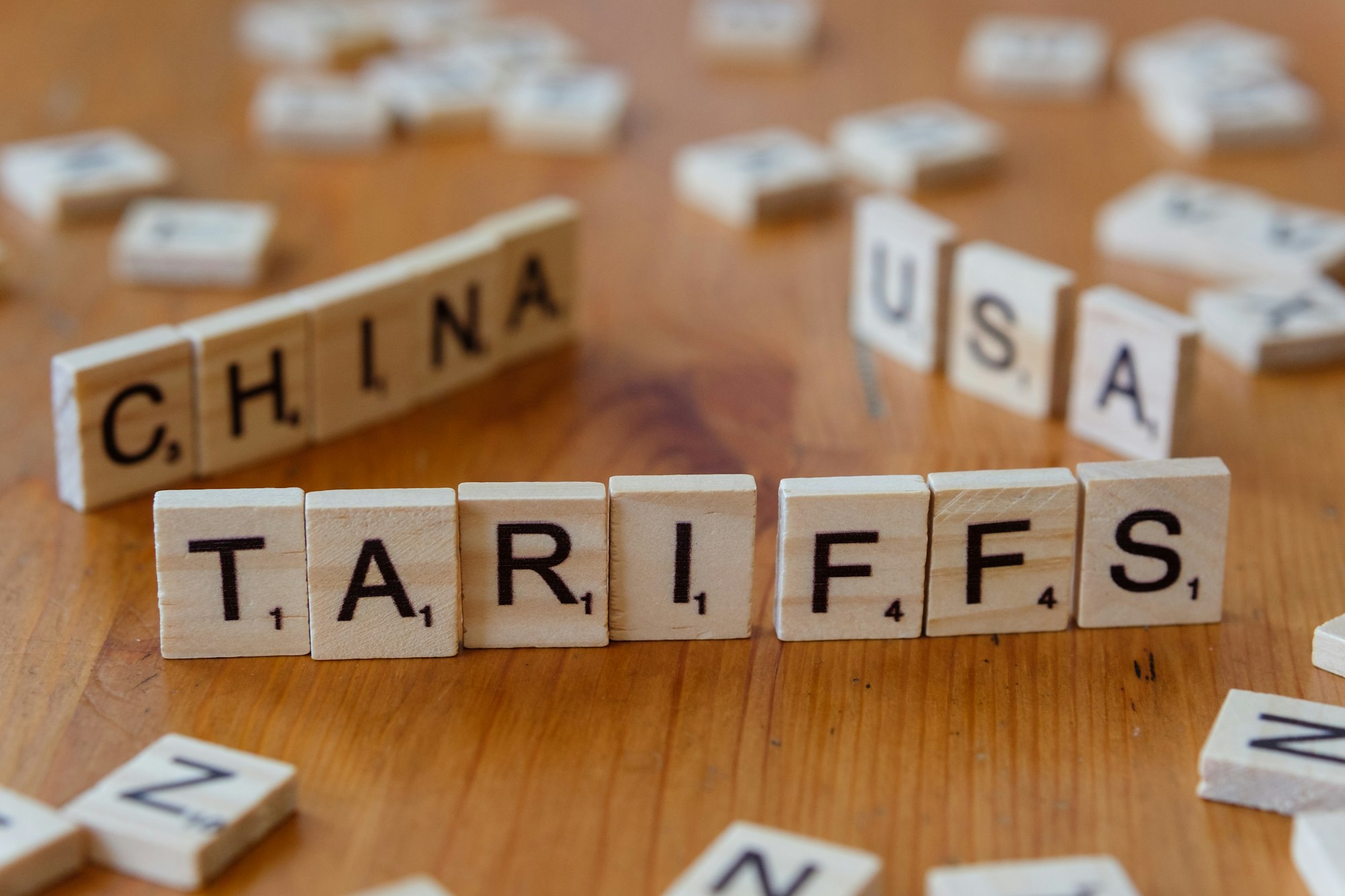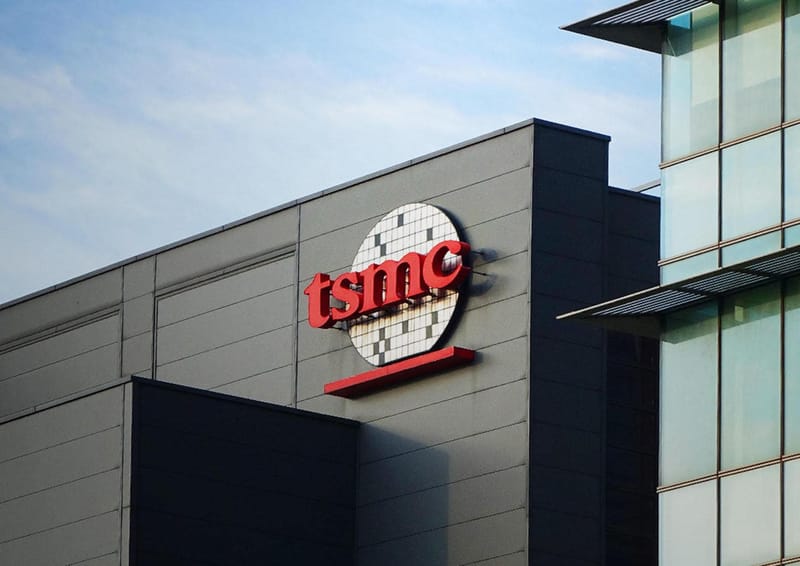PC Sales Are Up in Q1 2025—But Don’t Get Too Excited Yet
Worldwide PC shipments jumped 9.4% compared to the same time in 2024.
The PC market is finally showing signs of life again. After a couple of tough years, global shipments are trending up, and not by a little. But before anyone starts celebrating a full recovery, there’s a twist: a lot of the early 2025 growth seems to be driven more by tariff dodging than by actual demand.
In the first quarter of 2025, worldwide PC shipments jumped 9.4% compared to the same time in 2024, hitting 62.7 million units, according to Canalys. IDC’s numbers tell a similar story, though slightly more conservative, with shipments rising 4.9% to 63.2 million units. Either way, it’s a notable rebound.
Notebooks led the charge, with 49.4 million shipped—a solid 10% increase year-over-year. Desktops saw an 8% boost, reaching 13.3 million units. It’s the kind of bump that looks like the market is back in gear.
Lenovo continued to lead the global market, shipping over 15 million units, up 11%. HP followed with nearly 12.8 million, growing 6%. Dell turned things around slightly with a 3% increase, while Apple came in hot with 22% growth and over 6.5 million units shipped. Asus held steady with close to 9% growth.
But the fact is that the escalating trade war between the U.S. and China–both major PC markets–is behind this global growth. With U.S. tariffs on Chinese imports reaching as high as 145% and China hitting back with 84% tariffs, vendors are racing to ship products into the U.S. ahead of new tariffs, driving sales up. Lenovo and HP, for example, bumped their U.S.-bound shipments up 20% and 13%, respectively, in Q1, trying to get ahead of the cost hikes.
It’s a smart move but also a temporary one. Stockpiling might have front-loaded demand into Q1, but with the next round of tariffs already in effect, the rest of the year could look very different, meaning we could see a slowdown in the quarters ahead.
The upcoming Windows 10 end-of-support deadline in October was also expected to give the market a boost this year. But even that’s looking uncertain.
Now, manufacturers are already racing to shift production out of China. Companies with most of their production still based in China have already pulled their products from American stores, deeming it non profitable with the tariffs. Countries like Vietnam, Thailand, and India are stepping in as alternative manufacturing hubs, even though they’re not immune from tariffs either. Still, their rates are lower.
So the market’s moving, no doubt. But the real test is still ahead. Once the tariff shock fully hits and the Windows 10 deadline looms large, we’ll see which vendors are truly prepared—and whether this recovery has legs or was just a well-timed sprint.









